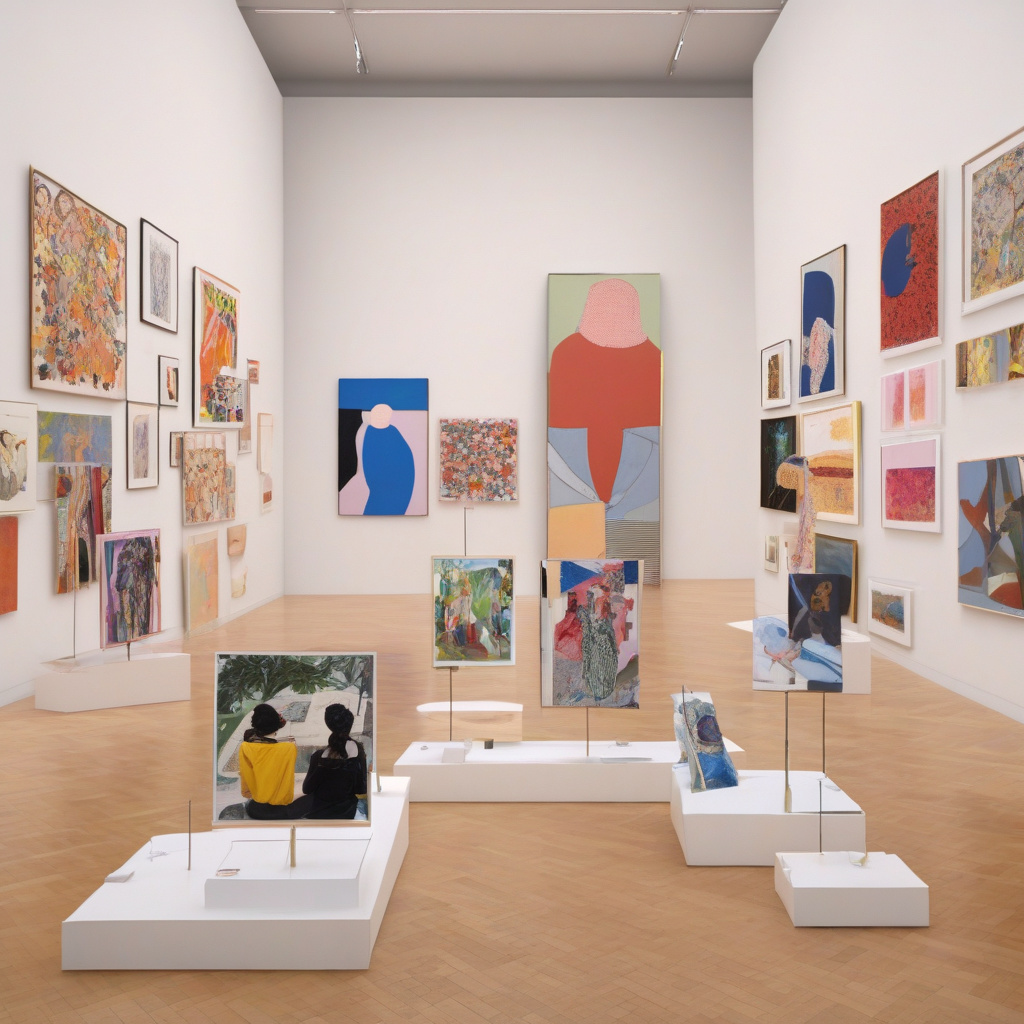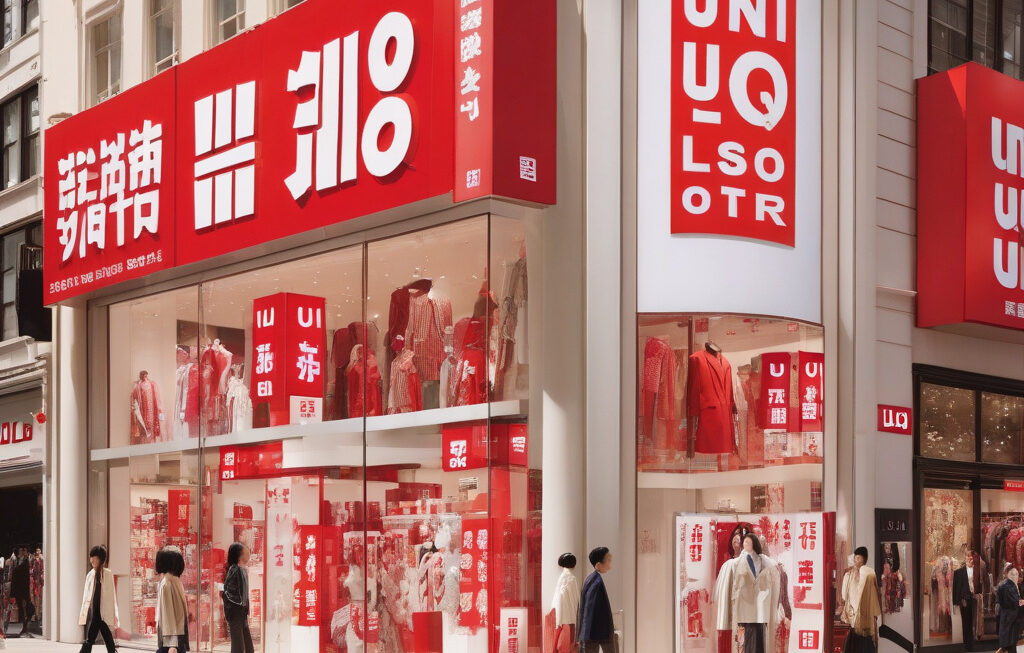Why Can’t the Art World Make E-Commerce Work?
The art world, with its traditional roots and emphasis on physical galleries and exclusive events, has long struggled to fully embrace e-commerce as a viable sales channel. Despite the vast potential of online platforms, many in the art industry have been hesitant to fully transition to digital sales. However, according to Marc Spiegler, the Global Director of Art Basel, there is still significant room for growth and innovation in the online art market, especially when it comes to selling art merchandise, multiples, and emerging artists’ works priced in the five-figure range.
One of the primary reasons why the art world has been slow to adopt e-commerce is the perception that high-end art sales require a personal touch and a physical viewing experience. Collectors and buyers often prefer to see the artwork in person, examine its details up close, and engage with gallerists or artists directly. The intangible aspects of art, such as its provenance, authenticity, and emotional appeal, can be challenging to convey effectively in an online environment.
Moreover, the art market’s upper tier, which includes masterpieces and high-value works by renowned artists, is unlikely to be dominated by digital sales. The luxury and exclusivity associated with these high-end pieces often necessitate a more traditional approach to selling, involving private viewings, auctions, and curated exhibitions. The allure of owning a one-of-a-kind masterpiece is deeply ingrained in the art world’s ethos, making it resistant to full digitization.
However, where e-commerce can truly shine in the art world is in the sale of art merchandise and multiples. These products, which range from prints and posters to artist-designed accessories and collectibles, lend themselves well to online retail. By leveraging e-commerce platforms, artists and galleries can reach a broader audience, offer affordable entry points for art enthusiasts, and generate additional revenue streams beyond primary artwork sales.
Furthermore, emerging artists whose works are priced in the five-figure range represent a growing segment that can benefit significantly from e-commerce. These artists often face barriers to entry in the traditional art market due to a lack of gallery representation or industry connections. By establishing their online presence and utilizing e-commerce channels, emerging artists can showcase their work to a global audience, attract new collectors, and build a sustainable career in the art world.
In conclusion, while digital sales may never fully dominate the upper echelons of the art market, there is undeniable potential for e-commerce to thrive in selling art merchandise, multiples, and works by emerging artists. By embracing online platforms, the art world can broaden its reach, engage new audiences, and adapt to the evolving landscape of the digital age. As Marc Spiegler suggests, there is still ample scope for innovation and growth in leveraging e-commerce to complement traditional art sales practices.
art, e-commerce, digital sales, innovation, emerging artists












